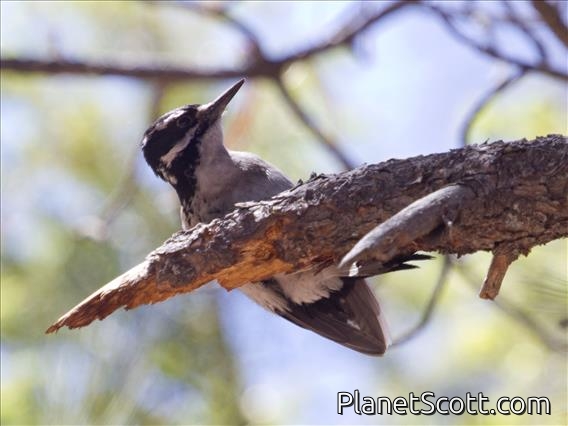Hairy Woodpecker (Dryobates villosus)

Hairy Woodpecker (Picoides villosus)
×


Hairy Woodpecker (Picoides villosus)
About Hairy Woodpecker (Dryobates villosus)
- Kingdom: Animals
- Phylum: Chordates
- Class: Birds
- Order: Woodpeckers, Barbets, Toucans, and Honeyguides
- Family: Piculets and Woodpeckers
Not Available
Visits
-
2008-04-05Waddell Creek State Park, United States of America
-
2009-01-10Elgin, United States of AmericaSeen on Walton Island near the Hemmens Auditorium.
-
2009-05-05Elgin - Bluff Spring Fen, United States of America
-
2009-11-07Pinnacles National Monument, United States of America
-
2010-01-16Sugar Pine Point State Park, United States of America
-
2010-02-19Volcan Nevado de Toluca, Mexico
-
2010-06-08Talkeetna, United States of America
-
2012-06-13Mount Davidson, United States of America
-
2012-07-08Necedah NWR, United States of America
-
2012-07-11Theodore Roosevelt National Park - South Unit, United States of America
-
2013-03-17Lake Merced , United States of America
-
2014-05-10Pinery Canyon, United States of America
-
2015-05-26Ferson Creek Fen, United States of America
-
2015-05-27Crabtree Nature Center, United States of America
-
2016-05-05Pratt Wayne Woods, United States of America
-
2021-06-09Yosemite National Park, United States of America
-
2021-06-12Glass Mountains, United States of America
-
2024-04-02San Jose del Pacifico, Mexico





